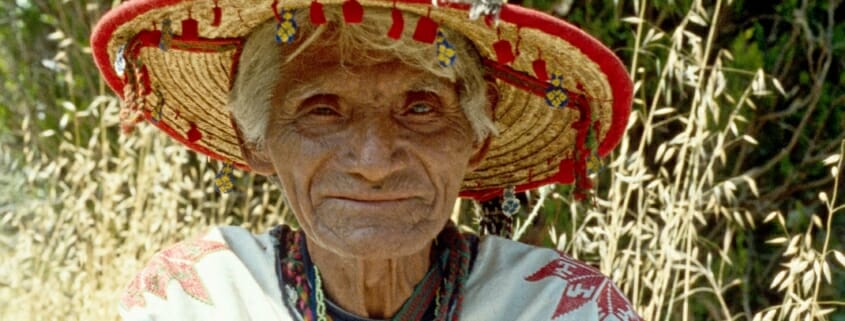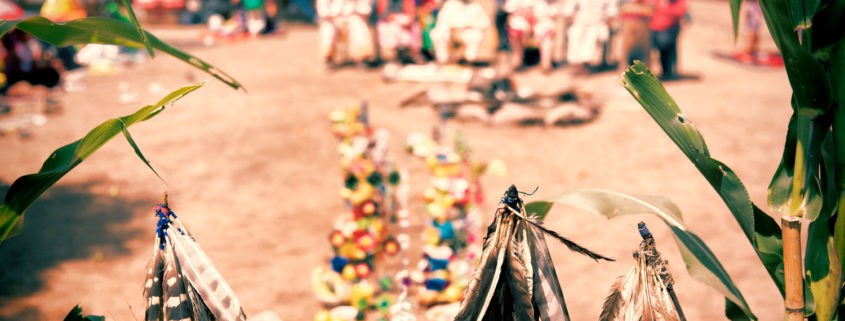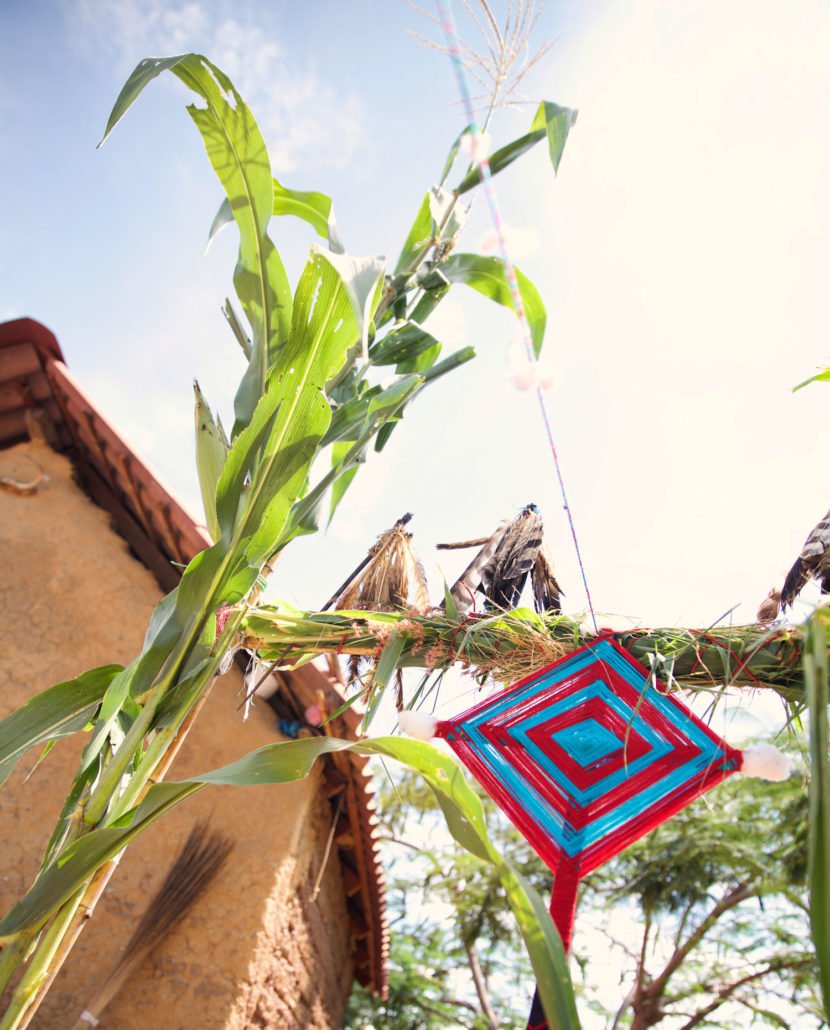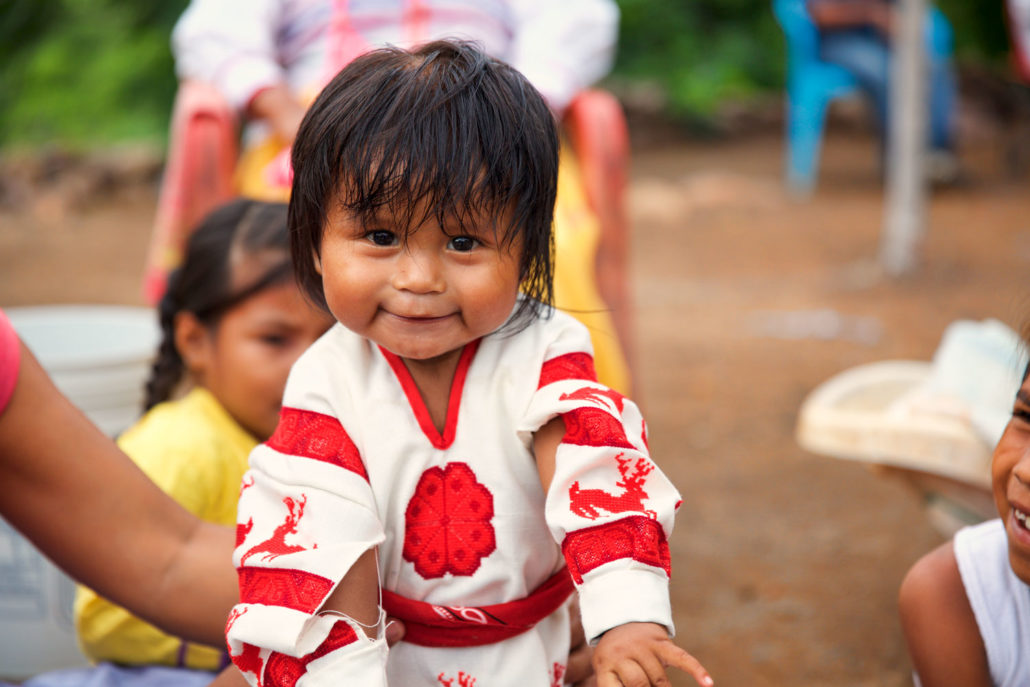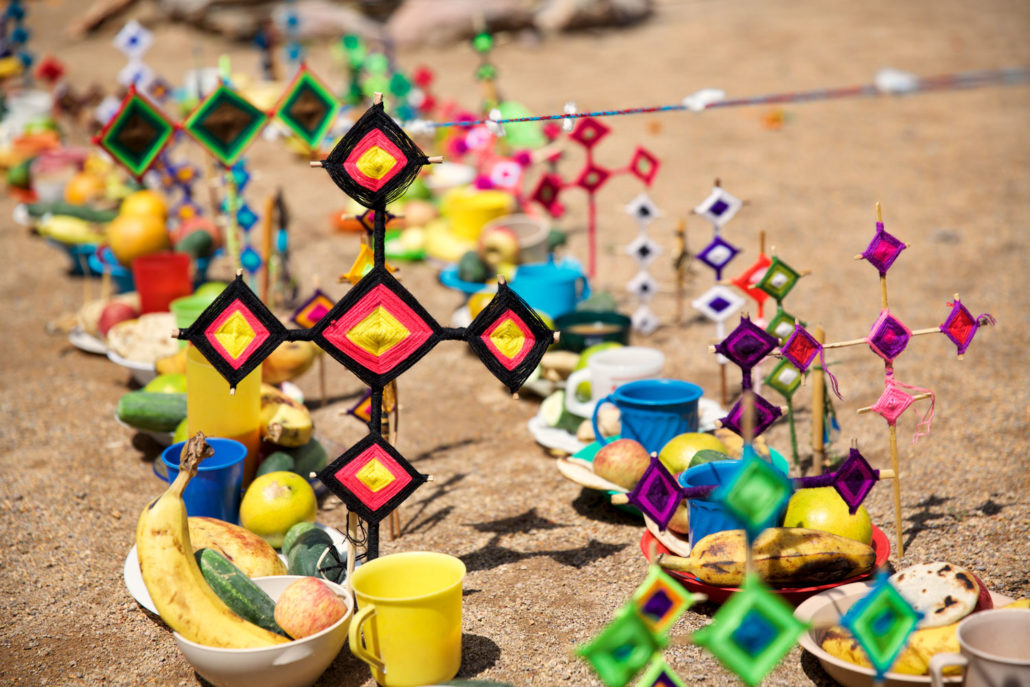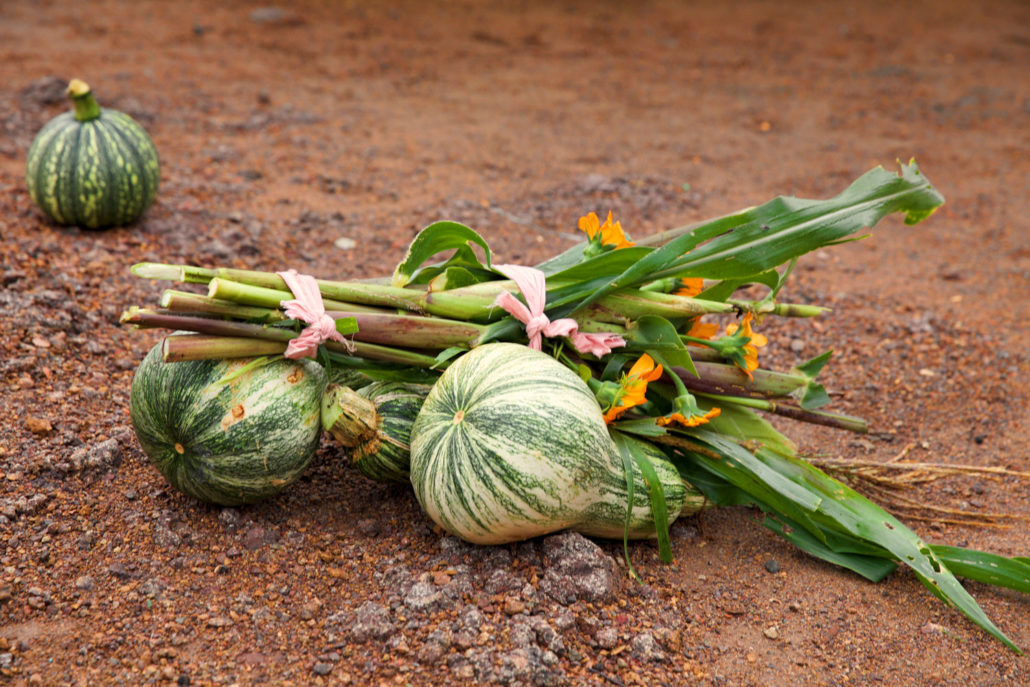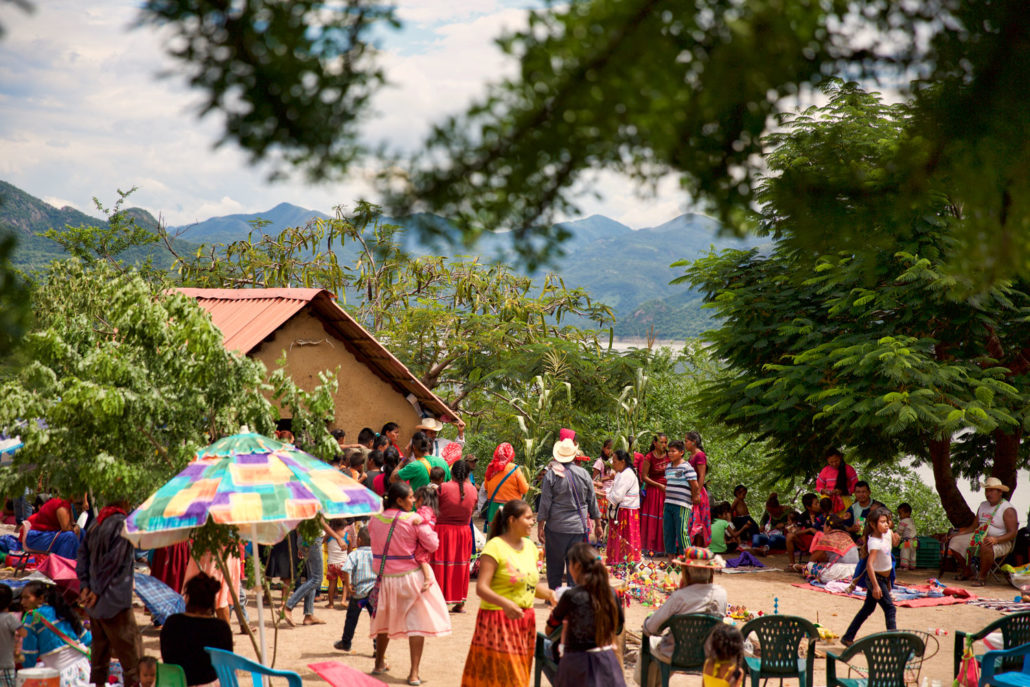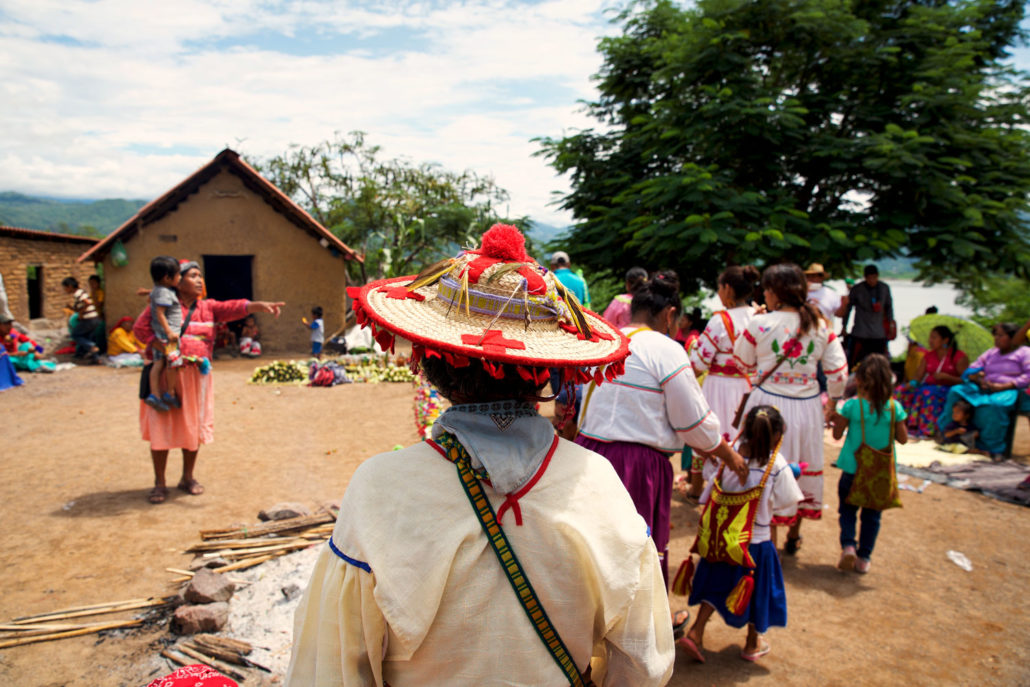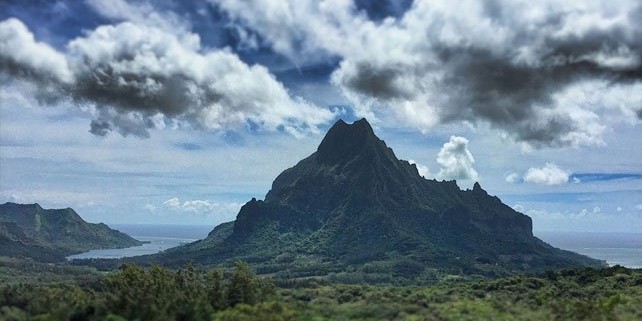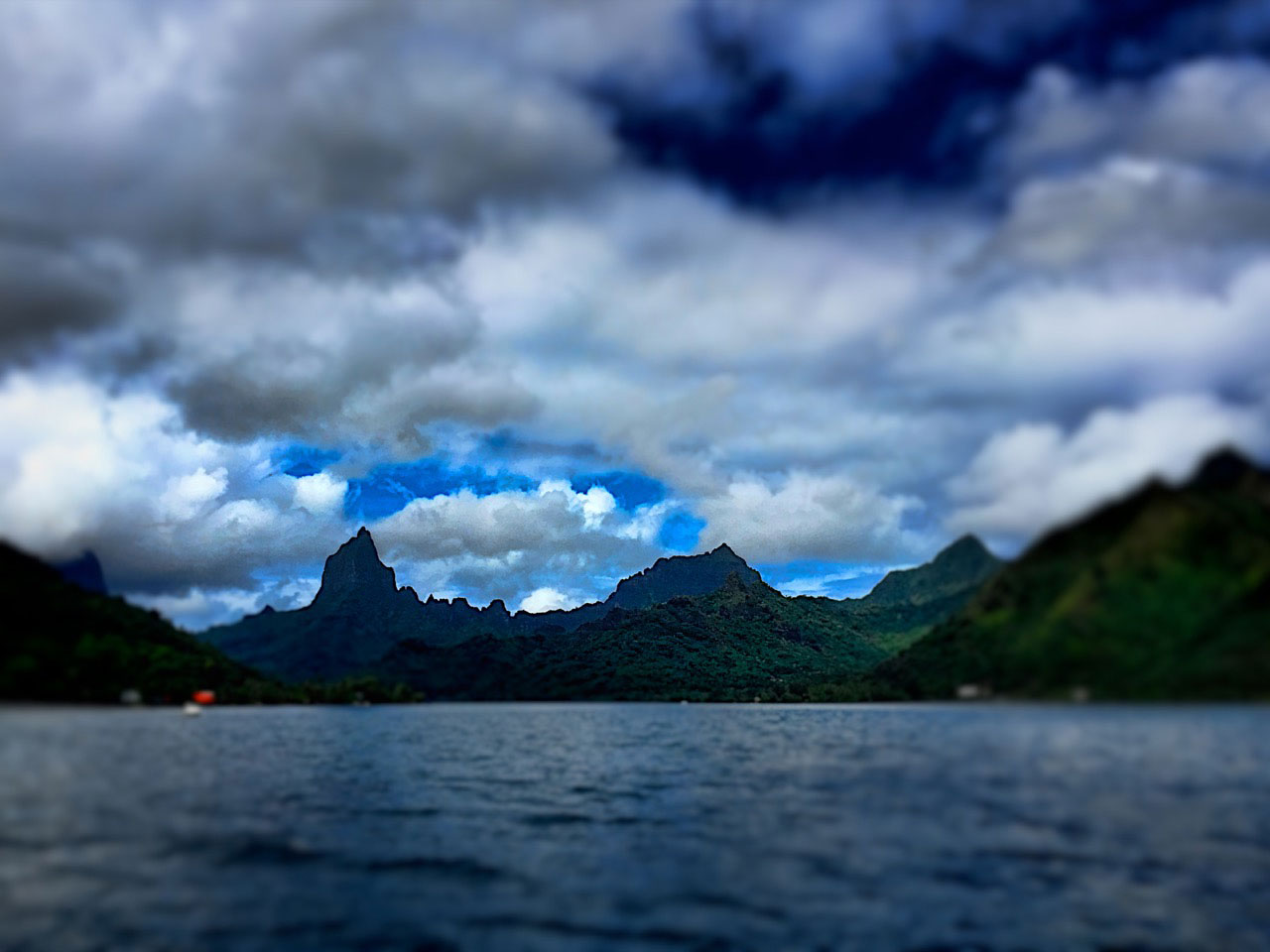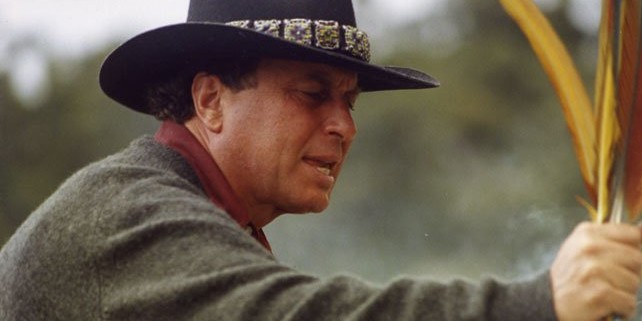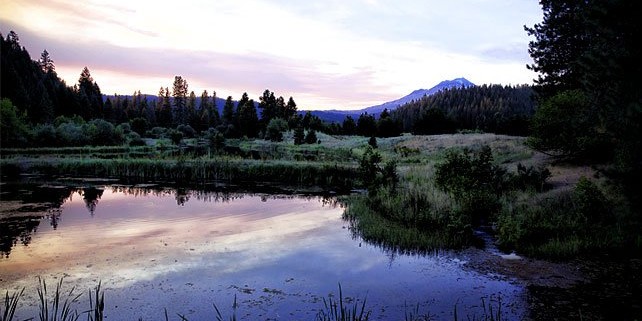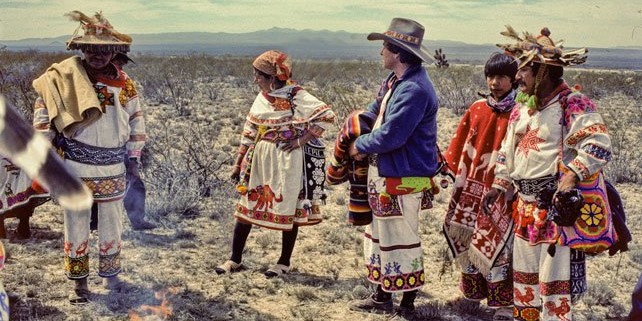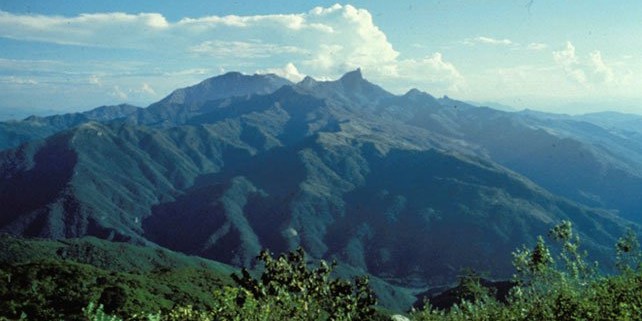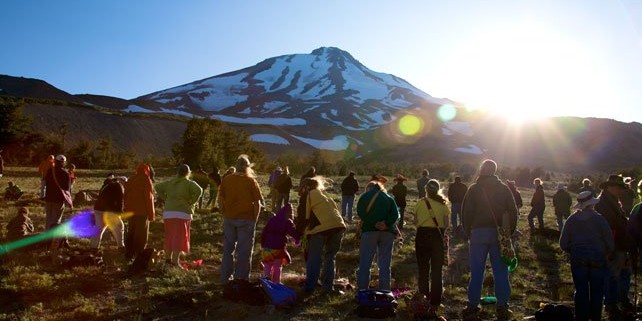Honoring the memory of Don José Matsuwa
Today we remember the passing of Don José Matsuwa. 29 years ago Don José transitioned from this world. His long life, which lasted 110 years, is such an inspiration and his vision continues to guide us at the Dance of the Deer Foundation in all that we do.
Born in the Sierra Madre Mountains of Mexico, Don José grew up surrounded by many great shamans and healers; however, it wasn’t until he was a young man that he decided to dedicate his life to the way of the mara-akame (shaman). While his uncle, a respected shaman and ceremonial leader, and other shamans in his village were able to see the spirits and interact with nature in mystical ways, Don José felt blind, unable to see these mysterious energies. So he decided to dedicate his life to learning the ancient ways.
Don José spent 10 years living alone in the forest to learn the language of nature. He then underwent a traditional apprenticeship with a revered shaman, who could transform himself into the spirit of a jaguar during ceremonies. He went on many pilgrimages to sacred places of power and vision quests; his longest being an astonishing 15 days, without food and water.
Around 40, after completing his training, Don José married Doña Josefa Medrano, who later also went on to become a respected Huichol Shaman, healer and ceremonial leader. Together they had 13 children and many grandchildren.
Later in his life, a young white man from New York was found unconscious, after having hiked into the Huichol Sierra in search of the Huichol villages. A shaman from a neighboring village had a dream and sent his sons out to rescue the man, who lay dying in the remote mountains in the heat of the dry season.
Don José had dreamed of this young foreign man as well and summoned for him from the village which had rescued him. Upon meeting, he adopted the young bearded white man as his grandson and put him through a traditional apprenticeship. 12 years later Brant Secunda received the transmission of power ceremony and Don José told him that we would go on to share the ancient wisdom of the Huichol culture with people around the globe.
During the following years, Don José traveled to the United States and Europe approximately 15 times to announce that he was leaving Brant in his place to carry on the Huichol traditions.
Together Brant and Don José founded the Dance of the Deer Foundation in 1979. The mission of the foundation was and remains to share the teachings of Huichol Shamanism around the world and to support the spiritual heritage of the traditions by giving back to the Huichol people.
In 1989, Brant and his wife Barbara gave birth to their son Nico Secunda. Later that year, Brant, Barbara, and Nico traveled to Don José’s village in Mexico, where Don José blessed Nico and gave him his Huichol name, MATSUWA (pulse of life). Nico would go to be the first white person to graduate from the Drum & Harvest Ceremony at 6 years of age and he would follow in his father’s footsteps, dedicating his life to the way of the mara-akame and to supporting the Huichol people.
On November 6, 1990, at the age of 110, Don José passed away.
Before he died, he had a few words for those closest to him. To Brant he had a lengthy message. One of the things he said was, “Tell your people to follow the deer all the way to their heart.”
With sincere gratitude and love, we thank you Don José Matsuwa for your life and for the long journey you walked. Your vision continues to guide us each day.

